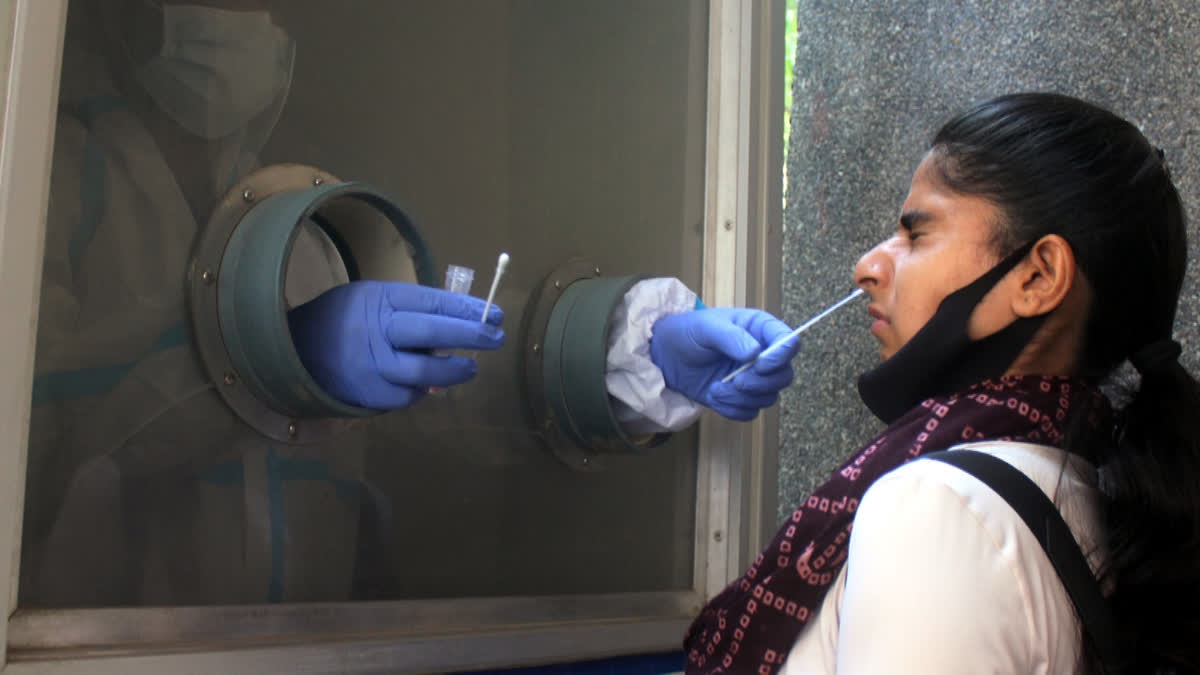Hyderabad:World Airway Disorders Day is observed every year on July 10 across the globe. This day of awareness, support, and education was founded by Coping With Laryngomalacia, Inc. in 2015.
Airway disease is a term used to describe a set of symptoms indicating that a person is having a bronchia spasm, which happens when the airway is irritated by something. On that day, make an impact by painting your nails blue and starting the conversation that noisy breathing is never normal.
Understanding Airway Disorders
Airway disorders include a wide variety of conditions that affect a child’s breathing passages. The airway is made up of structures called the larynx (voice box), pharynx (the back of the mouth and nose), trachea (windpipe) and bronchi (lung passages).
These diseases affect the tubes (airways) that carry oxygen and other gases into and out of the lungs. They usually cause a narrowing or blockage of the airways. Airway diseases include asthma, chronic obstructive pulmonary disease (COPD), bronchiolitis, and bronchiectasis (which also is the main disorder for persons with cystic fibrosis). People with airway diseases often say they feel as if they're "trying to breathe out through a straw."
What is laryngomalacia?
Laryngomalacia is a larynx (voice box) abnormality that can happen in newborn babies. It occurs when weak, floppy tissues above the voice box temporarily fall back over the airway. It’s the most common cause of noisy breathing in babies. Laryngomalacia sounds like a high-pitched squeak (stridor) when your baby breathes in. It usually isn't serious. But, in severe cases, it can cause breathing and feeding issues, among other complications.
Signs and symptoms
If your child is born with laryngomalacia, symptoms may be present at the time of birth and can become more obvious within the first few weeks of life. It is not uncommon for noisy breathing to get worse before it improves, usually around four to eight months of age. Most children outgrow laryngomalacia by 18 to 20 months of age. Symptoms include:
- Noisy breathing (stridor) — An audible wheeze when your baby inhales (breathes in). It is often worse when the baby is agitated, feeding, crying or sleeping on his back
- High pitched sound
- Difficulty feeding
- Poor weight gain
- Choking while feeding
- Apnea (breathing stoppage)
- Pulling in neck and chest with each breath
- Cyanosis (turning blue)
- Gastroesophageal reflux (spitting, vomiting and regurgitation)
- Aspiration (inhalation of food into the lungs)
Types of Airway Diseases
There are several types of airway diseases, including:
- Asthma
- Chronic obstructive pulmonary disease (COPD)
- Non-cystic fibrosis bronchiectasis
- Cystic fibrosis
- Reactive airway disease
Reactive airway disease: Reactive airway disease describes a set of symptoms that may or may not be caused by asthma. The symptoms include coughing, wheezing, and shortness of breath.
Pediatric Airway Disorders
Conditions affecting a child’s airway can cause breathing and feeding difficulties, and impact their ability to safely grow. The Children’s Health Airway Management Program (CHAMP) provides personalized care for all pediatric airway concerns.
Treatments
Children with airway disorders require highly personalised care. Treatments may range from simple, ongoing monitoring to complex surgery.
Medication
Antihistamines and epinephrine (EpiPen) can reduce airway swelling and inflammation of the nasal passages, throat, and tongue caused by an allergic reaction. When an infection is to blame, antibiotics and anti-inflammatory medicines can reduce swelling to unblock airways.
